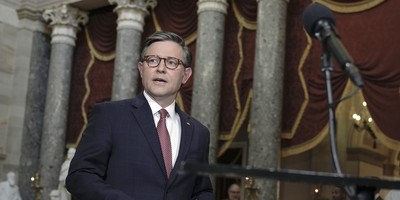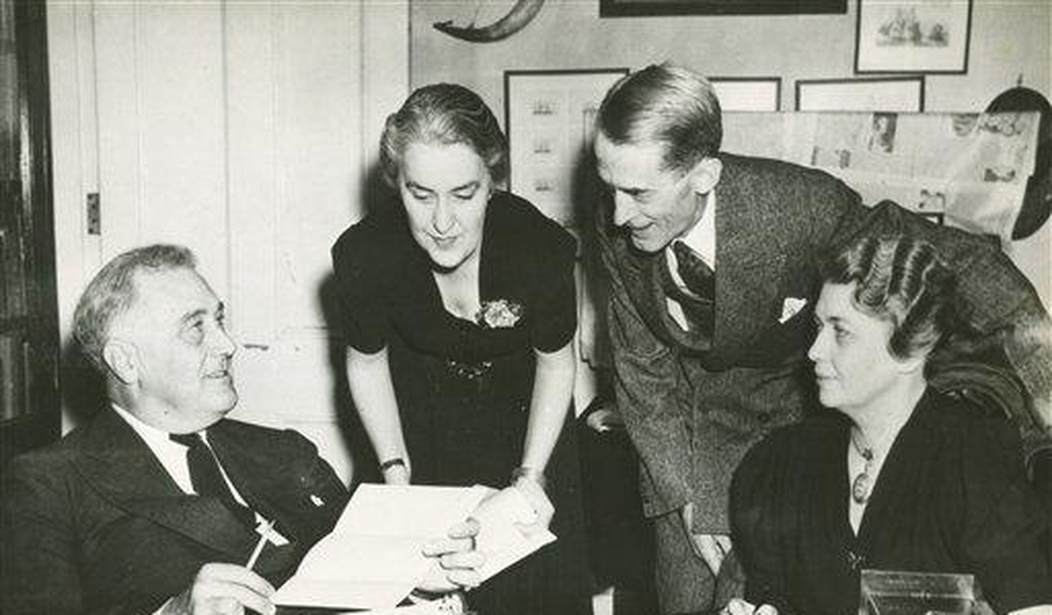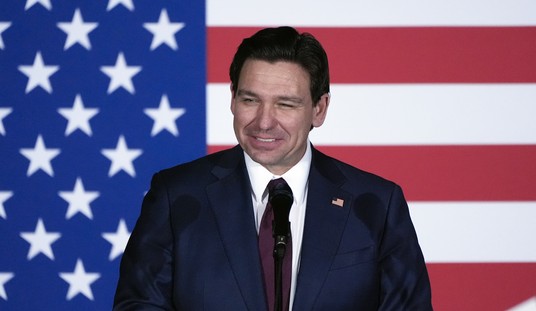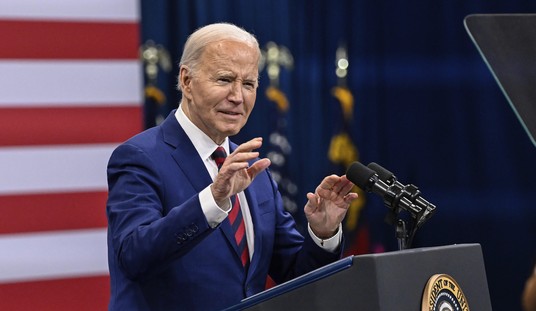Over the past several years, I’ve repeatedly argued that you get more unemployment when the government pays people to be unemployed. But I’m not just relying on theory. I’ve cited both anecdotes and empirical research to bolster my case.
You won’t be surprised to learn that many politicians have a different perspective. They say it is compassionate to provide unemployment insurance benefits. And they say it is cruel and heartless to put a time limit on those payments.
And if you believe Nancy Pelosi, unemployment handouts actually are good for the economy!
You might think this is one of these never-to-be-resolved Washington debates, but we actually have two natural experiments over the past year that show one side was right and the other side was wrong.
Writing for the Wall Street Journal, John Hood of the North Carolina-based John Locke Foundation describes what happened when his state decided to limit unemployment benefits.
Here are the changes that were made.
A year ago, North Carolina became the first state in the nation to exit the federal government’s extended-benefits program for the unemployed. …Gov. Pat McCrory and the state legislature…reduced the amount and duration of unemployment-insurance benefits, which had been higher in North Carolina than in most states. As a result the state lost its eligibility to participate in the extended-benefits program on July 1, 2013. …liberal activists pounced. …media outlets excoriated North Carolina for ending extended benefits. New York Times columnist Paul Krugman called it a “war on the unemployed.”
Recommended
And here are the results.
North Carolina didn’t descend into the Dickensian nightmare critics predicted. For the last six months of 2013, it was the only state where jobless recipients weren’t eligible for extended benefits. Yet during that period North Carolina had one of the nation’s largest improvements in labor-market performance and overall economic growth. According to the U.S. Bureau of Labor Statistics, the number of payroll jobs in North Carolina rose by 1.5% in the second half of 2013, compared with a 0.8% rise for the nation as a whole. Total unemployment in the state dropped by 17%, compared with the national average drop of 12%. The state’s official unemployment rate fell to 6.9% in December 2013 from 8.3% in June, while the nationwide rate fell by eight-tenths of a point to 6.7%.
But we didn’t just have a state-based experiment. Hood explains that the same thing happened on the national level six months later. Congress rejectedObama’s call for another extension of benefits.
So what happened?
Still not convinced that leaving the extended-benefits program encouraged both job creation and job acceptance? As of Jan. 1, 2014, the extended-benefits program expired nationwide. Yet there has been no sudden exodus of discouraged workers to the fringes of the national economy. Both job creation and household employment are up. The nation’s employment-population ratio was 58.9% in May, up from 58.6% in December.
This is a powerful point.
We may not have a strong job market, but the numbers definitely have improved since the start of the year.
 There’s actually an important lesson here. You don’t need perfect policy to get better performance. The private economy will generate growth so long as it has some breathing room.
There’s actually an important lesson here. You don’t need perfect policy to get better performance. The private economy will generate growth so long as it has some breathing room.
Heck, sometimes the absence of bad policy is enough to boost economic performance. The post-2010 gridlock didn’t lead to a lot of good policies, but it did end the threat of major new statist initiatives from the Obama White House. And that was enough, in my humble opinion, to give us better numbers.
But better numbers are not the same as impressive numbers. This is still theweakest economic recovery since the Great Depression. So while it’s good to have a bit of improvement, we should be dissatisfied until we at least get back on the long-run trendline for 3 percent average real growth.
And what needs to happen to give us that kind of growth? The answer is simple: Free markets and small government.
P.S. Since the main point of today’s column is unemployment insurance, let’s close with some great cartoons on that topic from Michael Ramirez, Robert Gorrell, and Chuck Asay, as well as a superb Wizard-of-Id parody.
P.P.S. On a separate topic, here’s a superb video of a 1948 cartoon comparing free markets to the poisonous ideology of “isms” such as communism, fascism, and socialism.
Very well done, particularly considering that it’s almost 70 years old. And if you want to see how economic growth can make a huge difference over that amount of time, check out this comparison of Argentina and Hong Kong.

























Join the conversation as a VIP Member